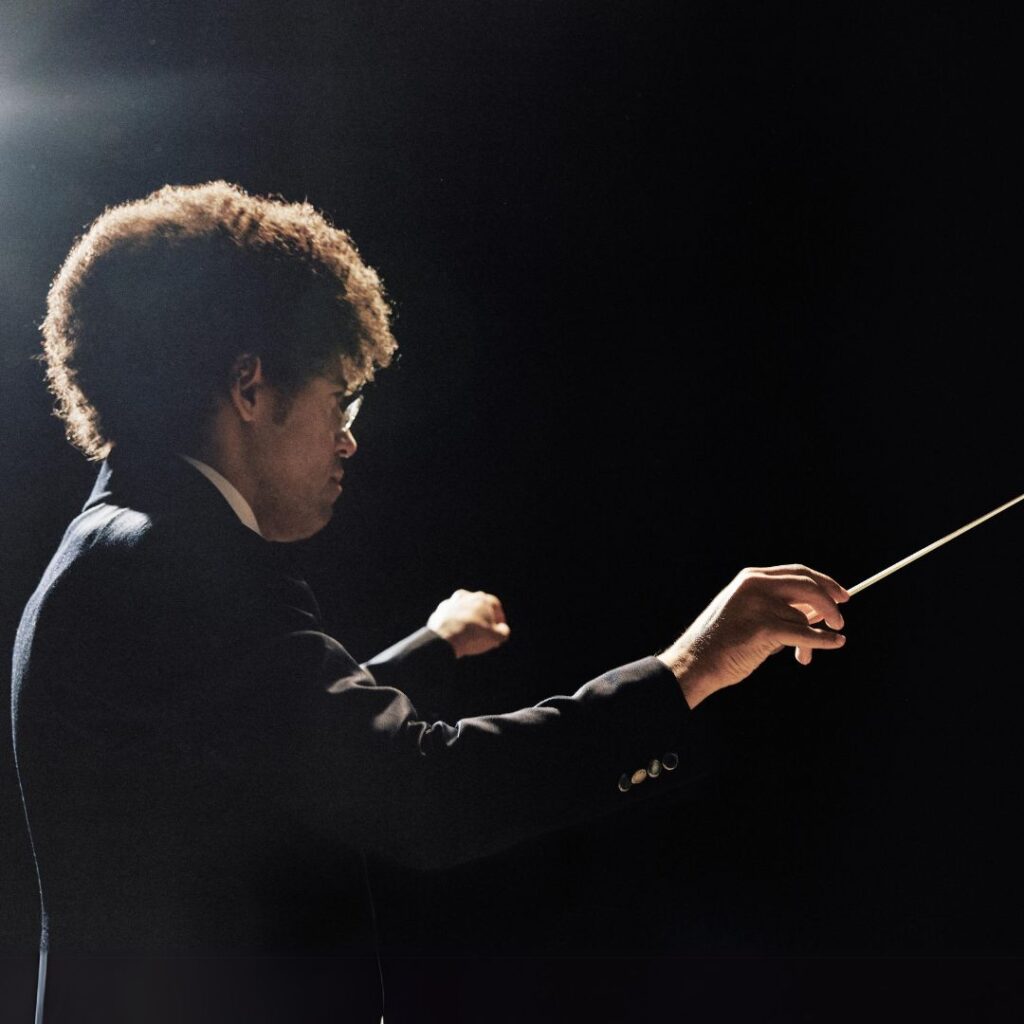Five good reasons to come and hear Schoenberg’s Gurre-Lieder

Here are five good reasons to immediately reserve your tickets for this unmissable event:
1. The top musical event of the new cultural and academic year
To celebrate the 150th anniversary of the birth of Arnold Shoenberg, one of the world’s defining figures of 20th-century music, the OSM presents the composer’s monumental Gurre-Lieder, also known as Songs of Gurre Castle.
This concert will garner exceptional international visibility: it will be recorded and broadcast in 85 countries on the Mezzo channel, showcasing the OSM Chorus, the Orchestra, and Music Director Rafael Payare. And in 2024, the OSM will join many of the world’s most distinguished orchestras, including those of Paris, Berlin, Vienna, New York, San Diego, and Los Angeles in their tributes to Schoenberg.
2. Massive vocal and orchestral forces for a truly extraordinary experience
No fewer than 200 choristers and 150 instrumentalists will be on stage to perform the Gurre-Lieder. You will hear the rarely programmed Wagner tubas, expanded wind and string sections, four harps, and an impressive percussion section that includes a ratchet and a set of chains. It will be a listening experience like no other! With both power and subtlety, enhanced by a broad variety of sound textures, the orchestration creates a vast palette of colours and atmospheres for a veritable sensory banquet. And if you also appreciate powerful operatic voices, you’re in for a treat!
3. Awe-inspiring and moving music for you to discover
Schoenberg’s music is neither cold nor impersonal, despite some hearsay, and the opening bars of the Gurre-Lieder will make this crystal clear. The work’s discourse is influenced by Wagner and Mahler. It espouses a steady emotional narrative that culminates in a sumptuous and illuminating finale. This is music that exquisitely renders the psychology and feelings of its characters. And Schoenberg guides his listeners through a constant flow of emotions, expressions, and twists and turns in the plot, to the very soul of his epic imaginary opera.
4. Based on an intriguing Nordic legend
The Gurre-Lieder is an epic drama adapted from the Danish medieval legend of King Waldemar, his young mistress Tove, and Queen Helwig. Its themes of jealousy, demise, damnation, and redemption bear similarities to Wagner’s operas Tristan and Isolde and The Flying Dutchman. Here, Schoenberg’s music is almost cinematic: it magnifies and endows this Nordic saga with an unusually operatic and expressive dimension.
5. A landmark of transition between musical eras
The Gurre-Lieder was the young Schoenberg’s—who was almost entirely self-taught—first orchestral and vocal work. And what a breathtaking first effort it was! It established him as an accomplished composer in full command, perceptive, inventive, and possessing a keen sense of musical theatricality. Composed in two phases between 1901 and 1911, the Gurre-Lieder straddles the post-Romantic aesthetic shaped by Wagner, Mahler, and Richard Strauss, and the Expressionist discourse Schoenberg would famously develop. Shifting from one style to the other is marvellously executed in this work: seamless, logical, yet open and undisguised, highlighting the composer’s brilliant artistry!
